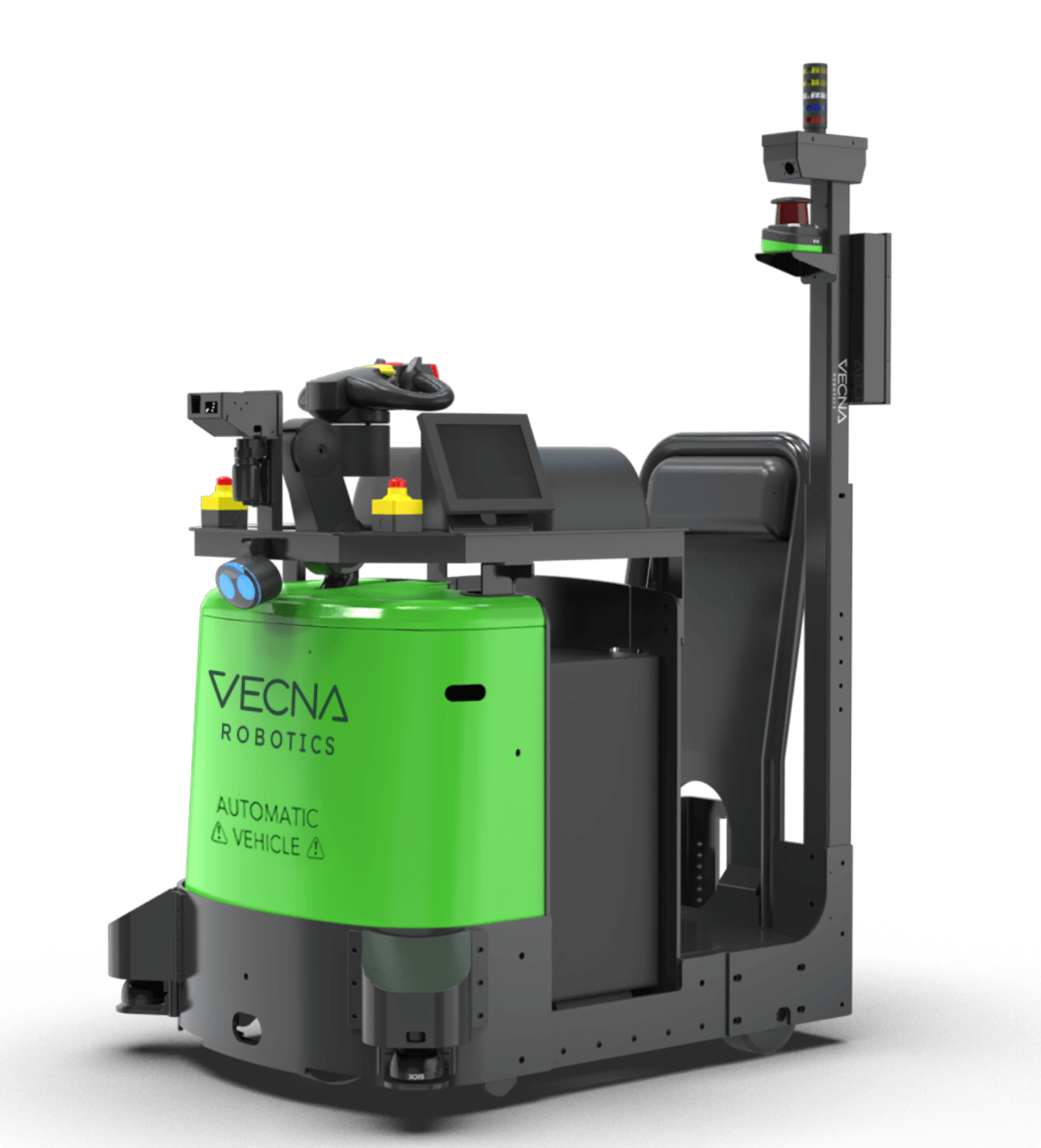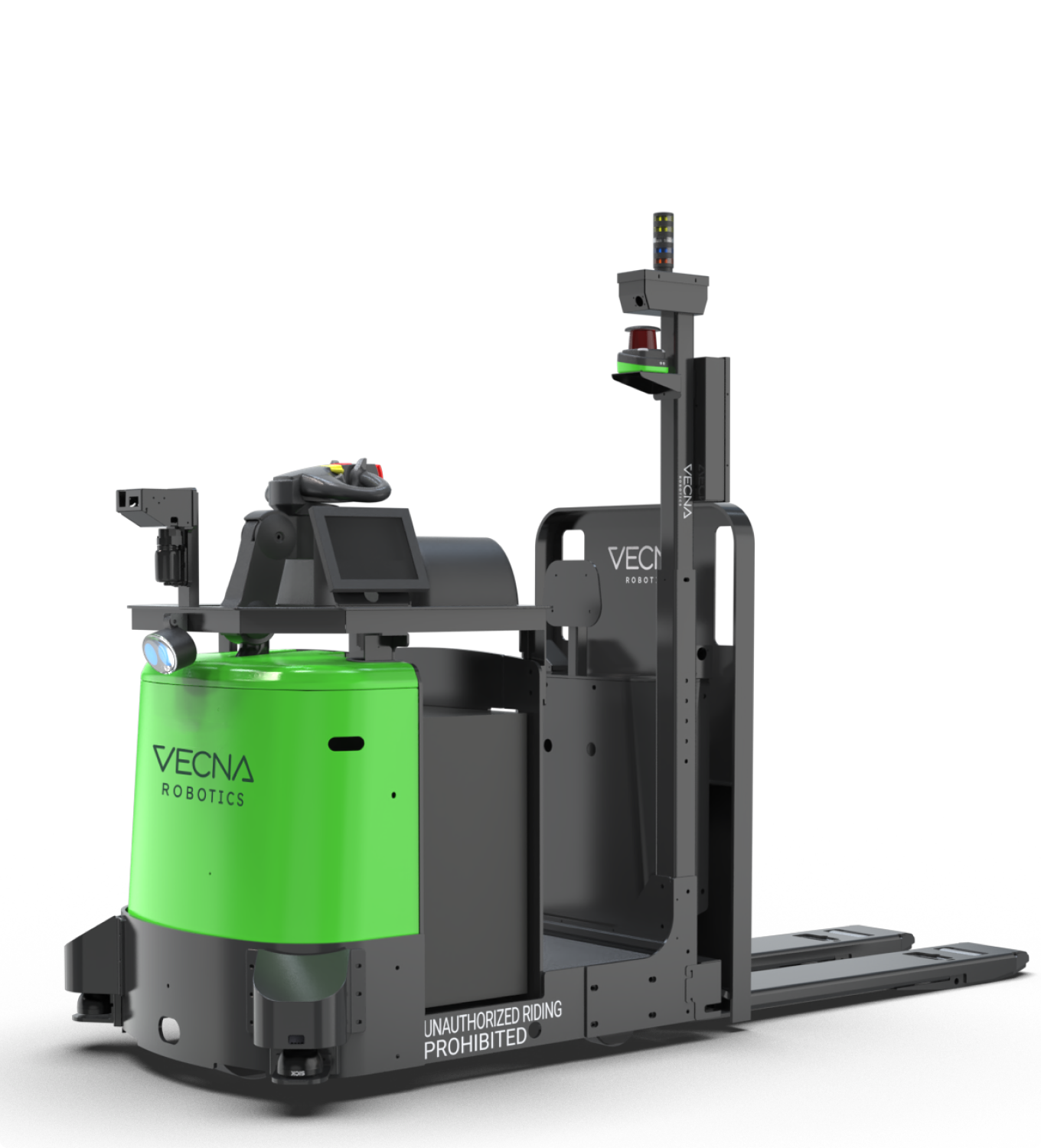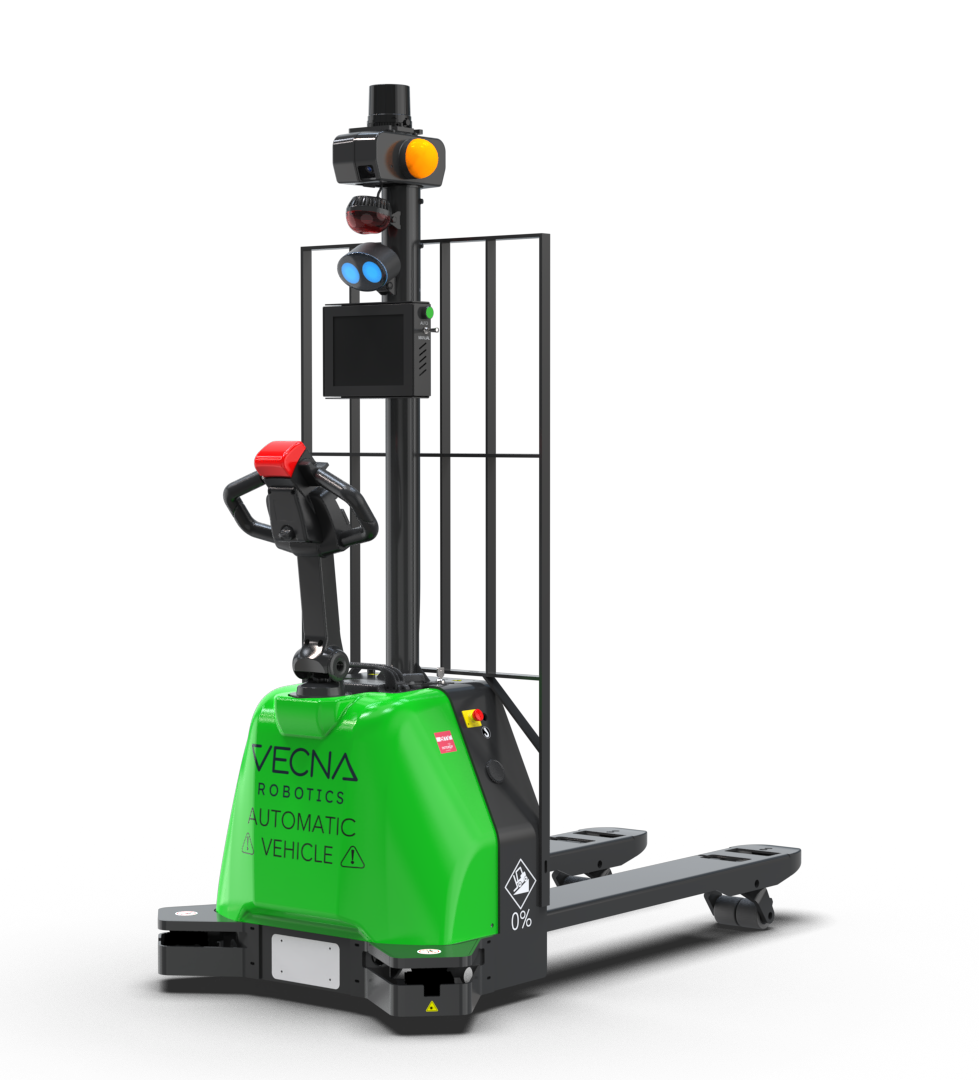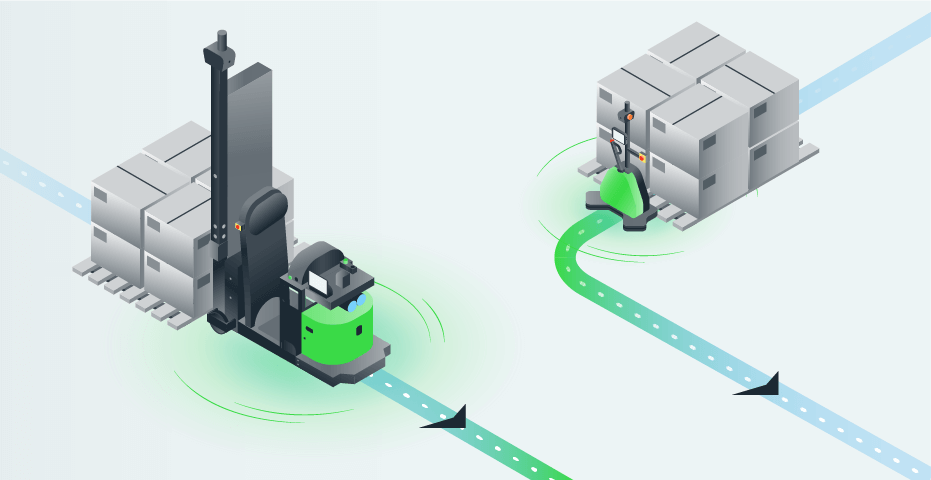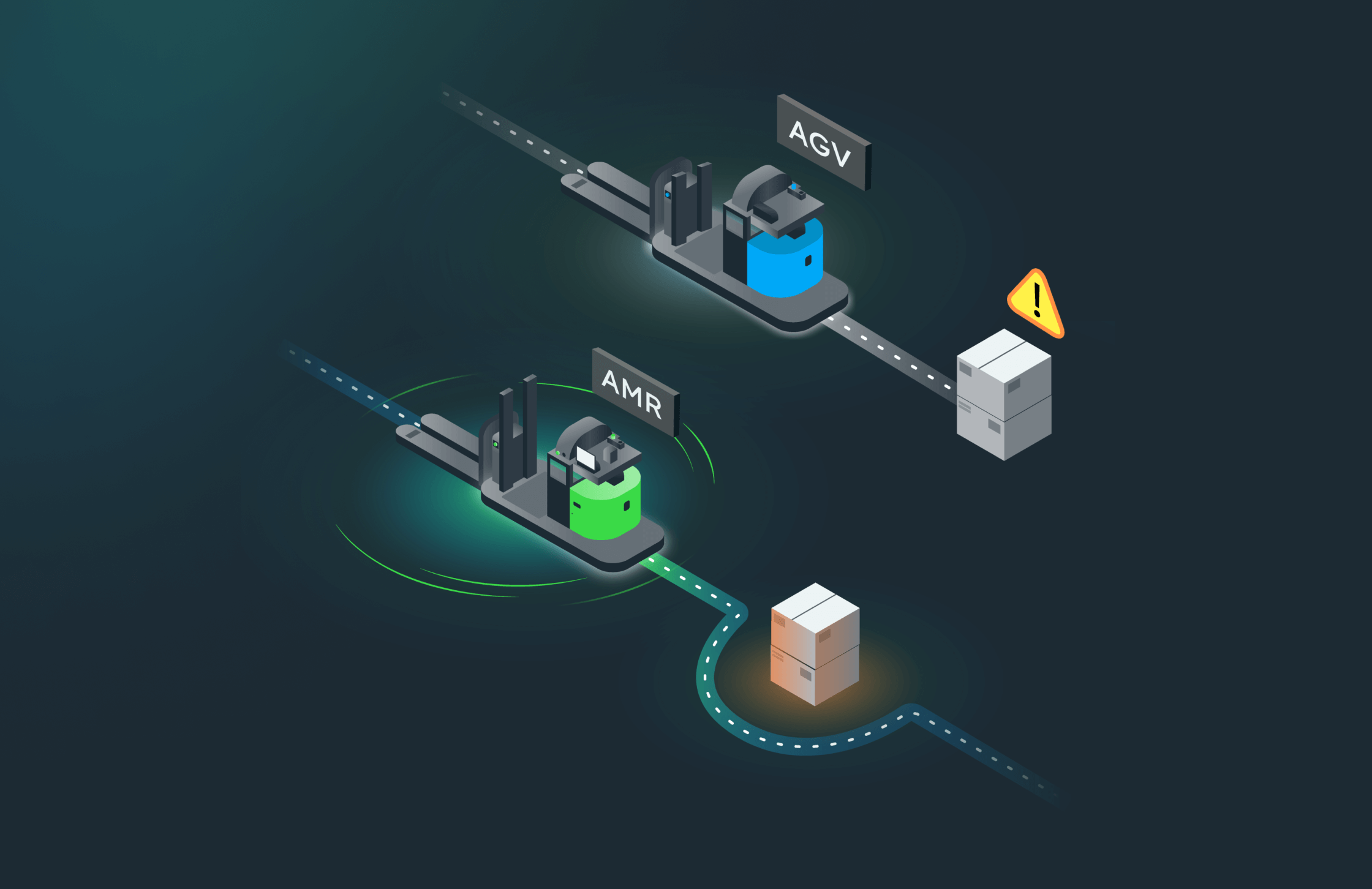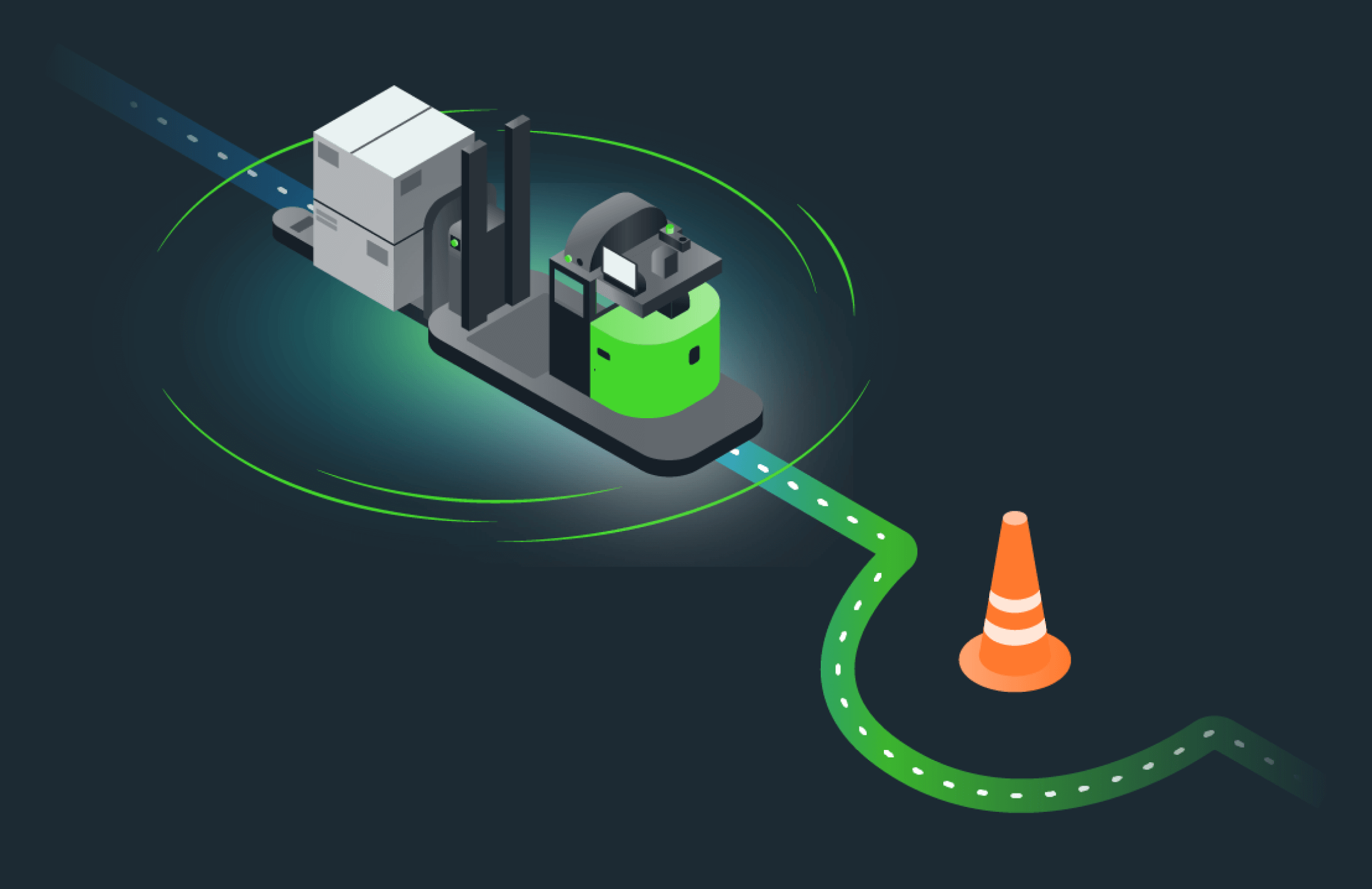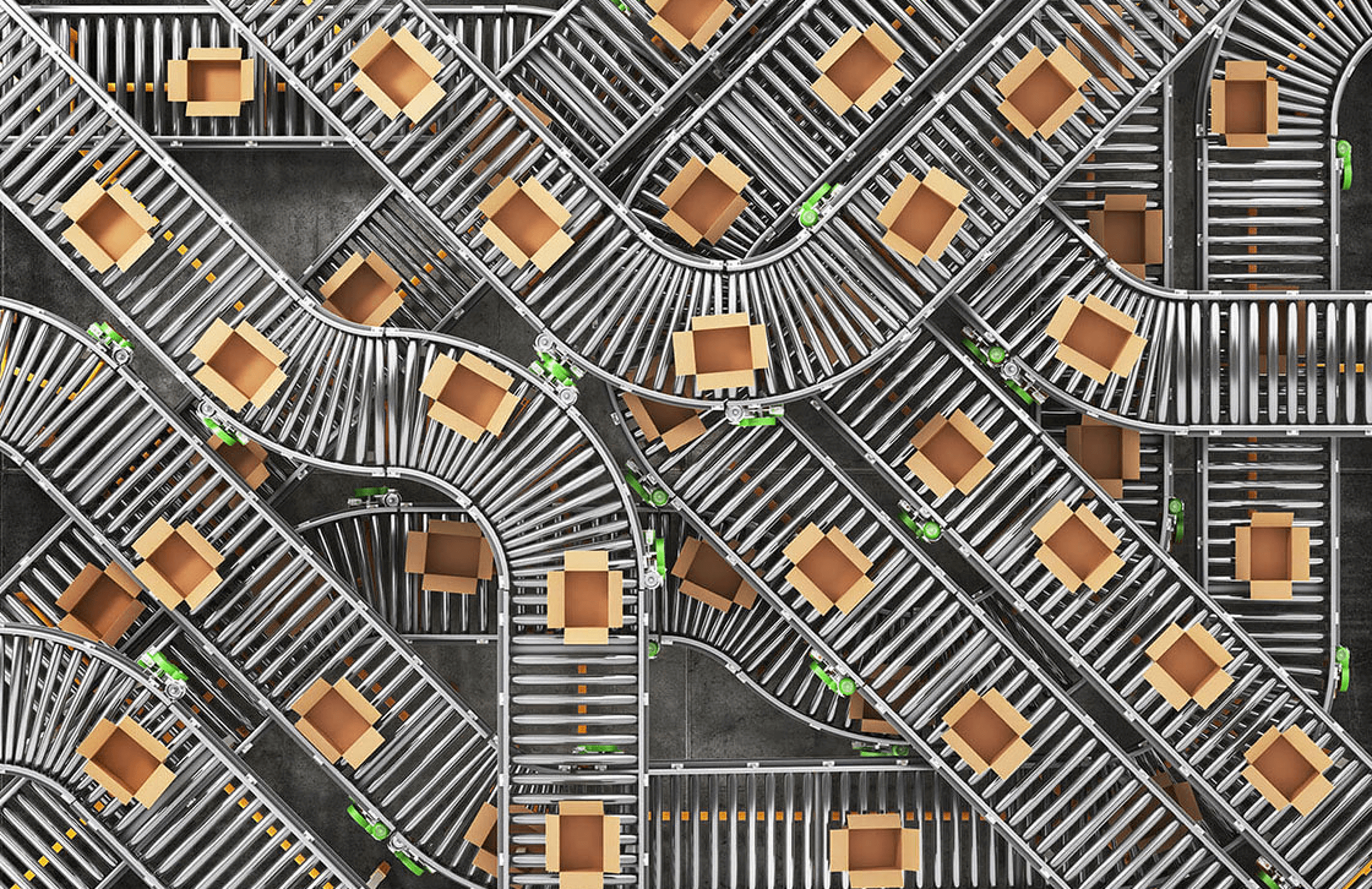Autonomous Mobile Robot (AMR) Technology
Our AMRs are your MVPs
Put the industry’s most advanced fleet of autonomous mobile robots on your team. Powered by the Pivotal™ software suite, our wide range of robust, flexible and intelligent robots have been optimized to make even the most complex material handling workflows a snap.
Our Fleet
Pivotal™ Autonomous Navigation
Get more go and make goods flow
We build faster, smarter and more reliable autonomy into all of our robots. Our autonomous mobile robots use powerful 3D sensor-fusion perception, multi-layer adaptive safety and free-space reasoning keep your materials flowing faster– with robots able to achieve max speeds of nearly 7 mph.
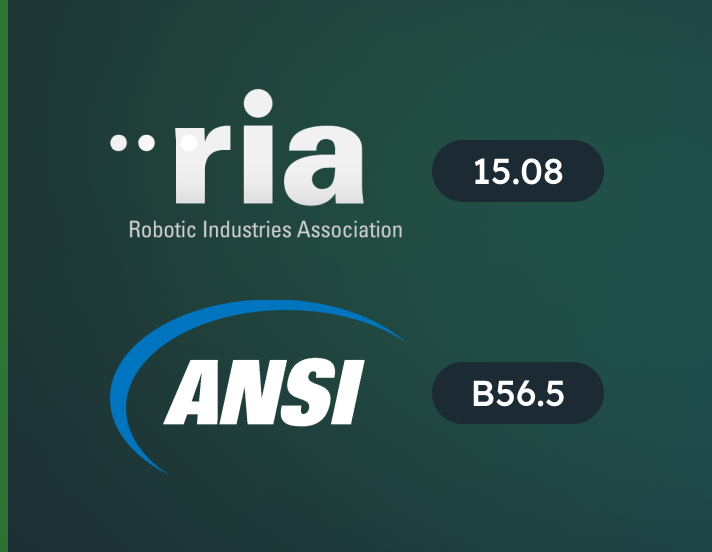
Stay seriously safe.
Achieve higher top speeds while keeping your human team safe and happy. Our three-tiered safety architecture exceeds ANSI B56.5, RIA 15.08, safety standards, and allows for both adaptive safety fields and intelligent, safe path planning without the limitations of fixed routes.
Explore our total automation solution
ROBOTS AS A SERVICE
Go with a solution that grows with you
Get the tech you need, when you need it without a huge, upfront capital expense and ongoing maintenance costs. With Vecna’s Robots as a Service (RaaS), you can increase your fleet fast when demand surges and upgrade your fleet easily as your business grows and evolves.
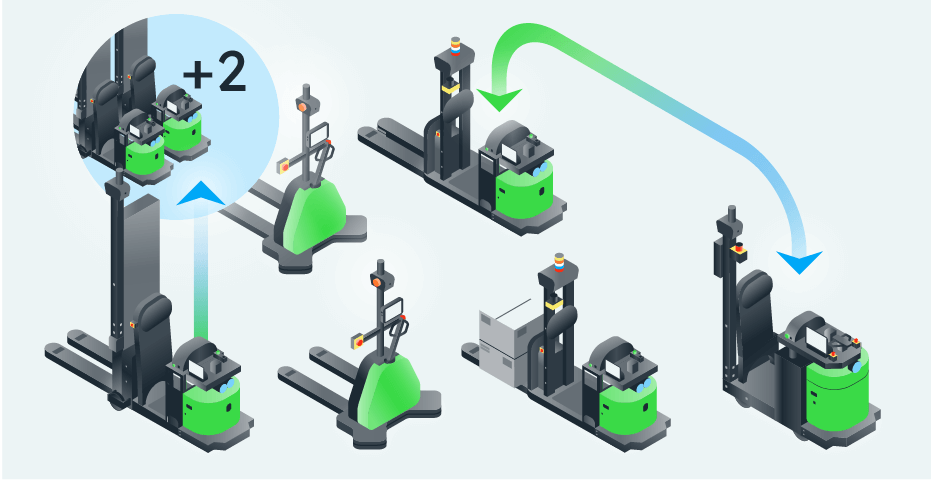
Frequently asked questions
Are your robots AGVs or AMRs? What’s the difference between the two?
Vecna’s robots are Autonomous Mobile Robots (AMRs) with advanced autonomy and navigation capabilities. Unlike Automated Guided Vehicles (AGVs), which follow fixed routes, AMRs use advanced sensors and AI to navigate and adapt in real-time, providing superior flexibility and efficiency in material handling workflows.
What sets Vecna’s Autonomous Mobile Robots (AMRs) apart from other solutions?
Vecna is the only provider of connected, continuously-improving Autonomous Mobile Robot solutions for pallet-sized loads. Our AMRs are the only autonomous lift trucks with adaptive path planning technology that allow them to dynamically reroute in realtime, as well as the only AMRs that are remotely monitored and supported for human-in-the-loop Remote Assist and continuous learning, enabling our fleets to operate at industry-leading performance and uptime while continuously improving over time.
What is the maximum height and payload capacity of Vecna’s robots?
Vecna’s diverse fleet of robots have different specs to match different use cases. The Vecna AFL has the highest lift height at 60 inches, and the Vecna ATG can haul the heaviest payload at 9,920 lbs.
How long do Vecna’s robot’s batteries last and what is the max runtime?
Our Cobot Pallet Jack (Vecna CPJ) battery lasts for 2.5 hours, while the Autonomous Tugger (Vecna ATG) and Autonomous Counterbalanced Forklift (Vecna AFL) batteries all last 8+ hours per full charge.
What safety standards do your robots adhere to?
Our entire fleet of robots is 3rd party certified to comply with ANSI B56.5 and RIA 15.08 safety standards.
Can Vecna’s robots pick up and drop off autonomously?
Yes, the Vecna AFL can autonomously pick up pallets, and both the AFL and CPJ can autonomously drop them off. However, the CPJ requires manual pickup.
How do Vecna robots ensure they pick up the correct payload?
Vecna robots utilize fork carriage-mounted sensors to detect pallet orientation, identify pallet type and payload dimensions, and determine fork pocket positioning. They autonomously execute picks, adjusting as required with side-shift actions. Integrated barcode scanning enables them to identify pallet IDs and confirm via the Warehouse Management System (WMS).
Can Vecna’s AMRs be integrated into complex material handling workflows?
Yes, Vecna’s AMRs are designed to handle even the most complex material handling workflows. The flexibility and intelligence of these robots enable seamless integration into various warehouse setups and processes.
Automation 101 resources
Let’s go
Optimize your critical workflows right now
Have questions about what Vecna can do for you? Tell us about yourself and an automation expert will be in touch shortly.
Thank you for getting in touch
We aim to respond to all messages within 1-2 business days.
In the meantime you might be interested in some of these resources.

